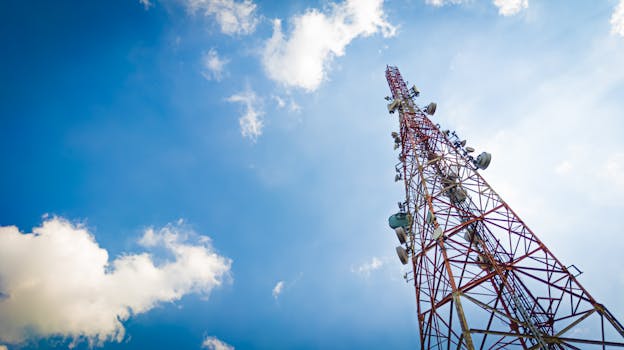
Satellite Telecommunications 2023: What’s New and What’s Next?
Satellite Telecommunications 2023 is an exciting time for the industry, with numerous breakthroughs and innovations transforming the way we communicate and connect with each other. As we continue to push the boundaries of space technology, satellite telecommunications play a vital role in providing global connectivity, enabling fast and reliable communication services to remote and underserved areas. In this article, we will delve into the latest developments and advancements in satellite telecommunications, exploring what’s new and what’s next for this rapidly evolving field.
The Rise of 5G Networks and Satellite Integration
The integration of satellite telecommunications with 5G networks is revolutionizing the way we access and use data. With the growing demand for high-speed, low-latency connectivity, satellite operators are investing heavily in the development of 5G-compatible satellites. These satellites will enable the widespread adoption of 5G services, providing seamless and uninterrupted connectivity to users around the world. Companies like Intelsat, SES, and Telesat are at the forefront of this development, launching new satellites and constellations designed to support 5G networks and services.
One of the key benefits of satellite-based 5G networks is the ability to provide coverage in areas where traditional terrestrial networks are limited or non-existent. This is particularly important for rural and remote communities, where access to reliable and high-speed connectivity is crucial for economic development and social inclusion. Satellite-based 5G networks can also provide backup and redundancy for terrestrial networks, ensuring that critical communication services remain available during outages or natural disasters.
Advances in Space Technology and Satellite Design
Recent advances in space technology have led to the development of more efficient, powerful, and cost-effective satellites. New satellite designs, such as the use of electric propulsion systems and advanced materials, are enabling satellite operators to launch more satellites into orbit while reducing the cost and environmental impact of these missions. The use of reusable launch vehicles, like those developed by SpaceX and Blue Origin, is also transforming the economics of space launch, making it more accessible and affordable for satellite operators to launch new satellites and constellations.
The development of small satellites, also known as smallsats, is another area of significant innovation in the satellite telecommunications industry. Smallsats are smaller, lighter, and more agile than traditional satellites, offering greater flexibility and responsiveness to changing market demands. These satellites can be launched in large numbers, creating constellations that provide global coverage and enable a wide range of applications, from Earth observation and remote sensing to communication and navigation.
The Future of Satellite Telecommunications: Trends and Opportunities
As we look to the future of satellite telecommunications, several trends and opportunities are likely to shape the industry. The growth of the Internet of Things (IoT) and the increasing demand for connected devices will drive the need for more satellite-based connectivity solutions. The development of new satellite constellations, such as those focused on IoT and machine-to-machine (M2M) communication, will provide a new wave of innovation and opportunity for the industry.
The use of satellite-based systems for navigation and timing is another area of significant growth and development. With the increasing reliance on satellite-based navigation systems, such as GPS and Galileo, the demand for more accurate and reliable navigation services is driving the development of new satellite constellations and technologies. The integration of satellite-based navigation systems with other technologies, such as artificial intelligence and the IoT, will also enable new applications and services, from autonomous vehicles to smart cities and infrastructure.




